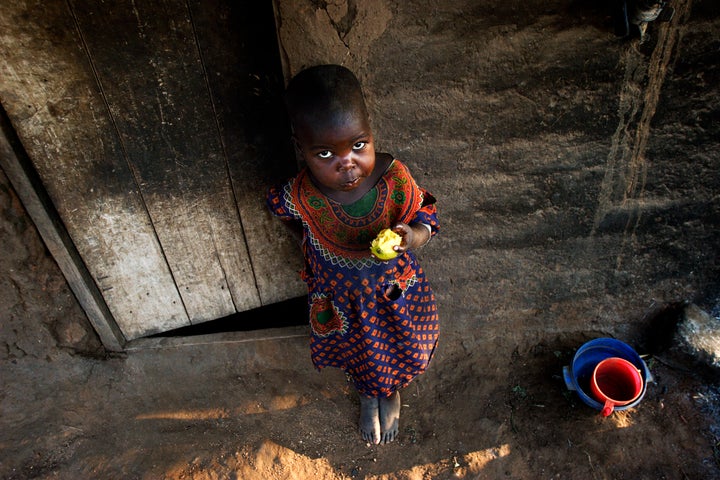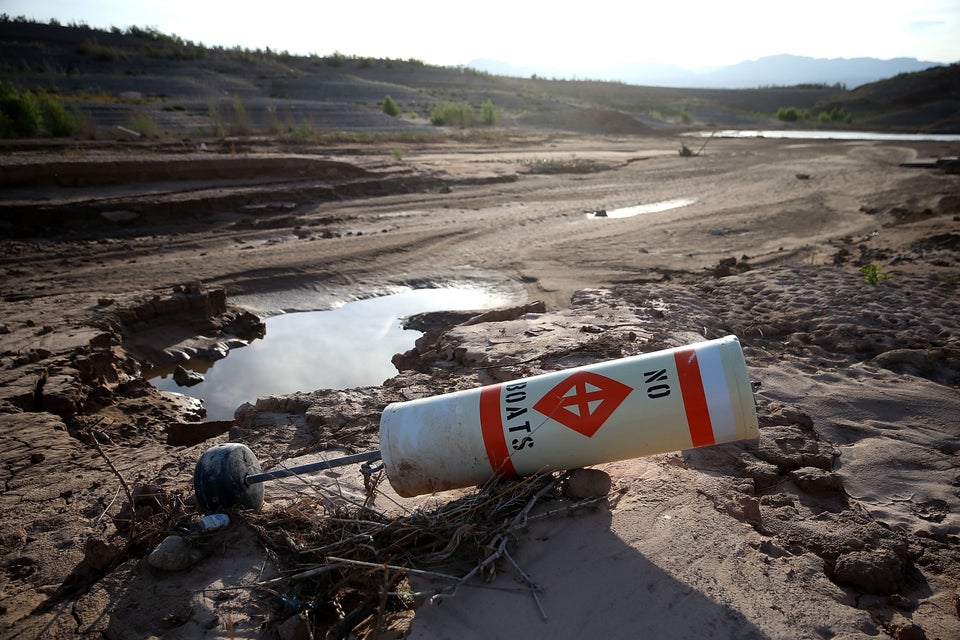
LONDON, Dec 15 (Thomson Reuters Foundation) - The United Nations children's agency (UNICEF) said on Tuesday it feared hunger in Malawi, which is struggling with food shortages, a long drought and other effects of El Nino, and a stagnant economy.
UNICEF has launched mass screening for malnutrition in children under five across 25 districts, or 90 percent of the country, amid reports that food shortages and rising prices are causing increasing hunger.
"Although official figures are saying that malnutrition cases are not increasing, we know from past experience that this may not be the whole story," Mahimbo Mdoe, UNICEF country representative, said in a statement.
"Hungry, desperate families may not have the means or resources to take sick children to be assessed. This mass screening will bring the services to them to ensure no child is left out."
Malawi has been struggling to cope with drought and the first maize deficit in a decade, UNICEF said.
Torrential rains in January forced Malawi to declare half the country a disaster zone as floods destroyed crops, killed more than 100 people and displaced 340,000, leading to a 28 percent fall in the staple maize crop this year.

Other parts of the country were struck by a regional drought.
Earlier this month the U.N. World Food Programme (WFP) said 2.8 million people in Malawi needed urgent food aid as shortages had more than doubled food prices from 2014 levels.
Despite food shortages the initial malnutrition figures showed a stable trend, except for the flood-hit districts of Chikwawa, Phalombe and Nsanje, where cases of malnutrition rose in the past three months, UNICEF said.
But malnutrition is likely to increase "substantially" as the lean season reaches its peak in February and March, it said.
"Even if the rains are sufficient this growing season, families will still have to wait until March or April before the first crops are harvested," Mdoe said. "That is a further four months of food insecurity, when young children are at increased risk of disease or even death."
Prospects for the rainy season are uncertain because of the current El Nino, which is expected to cause wetter than average conditions in the north and drier than average conditions in the south, the WFP said. (Reporting by Magdalena Mis, editing by Tim Pearce. Please credit Thomson Reuters Foundation, the charitable arm of Thomson Reuters, that covers humanitarian news, women's rights, corruption and climate change. Visit www.trust.org)


